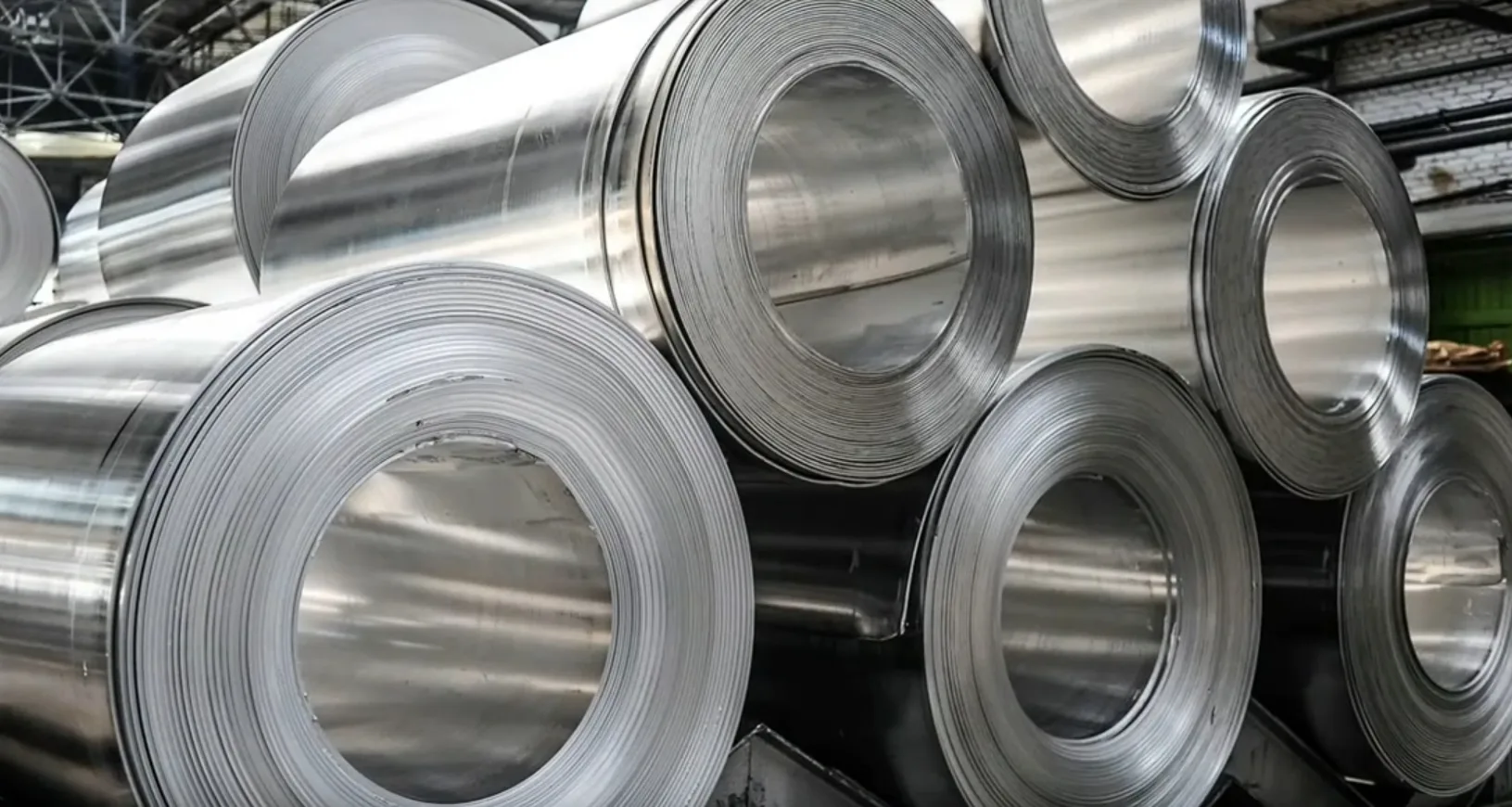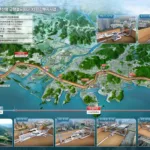SEOUL — Recent data reveals a significant influx of high-quality, hot-rolled steel plates from Japanese steel companies into the South Korean market, igniting concerns about the stability of the domestic steel industry. With a devalued yen in play, Japan’s steel exports to Korea have surged, offering both quality and price advantages.
The Korean steel industry, symbolized by major players like POSCO, is currently facing an existential threat, as high-quality hot-rolled steel plates are being dumped into the Korean market by Japanese steel companies. These companies have taken advantage of the weakened Japanese Yen to provide competitively priced goods, placing the domestic industry in a state of emergency.
Between January and August 2023, 1.553 million tons of Japanese hot-rolled steel plates were imported into Korea, marking a 44% increase compared to the same period last year. The imported quantity has already surpassed the total amount imported in 2021 (1.464 million tons) and is expected to exceed last year’s annual total of 1.668 million tons.
The rising popularity of Japanese steel in Korea is largely due to its affordability without compromising on quality. The weakened Yen has made Japanese hot-rolled steel plates cheaper even than those from China. As per industry records, the price per ton of Japanese steel was 807,000 KRW, compared to Chinese steel at 822,000 KRW.
Local steel companies, such as Nippon Steel, JFE Steel, and Kobe Steel, have been dumping their products in the Korean market at prices 15% lower than their domestic selling prices. Consequently, many Korean SMEs and consumer electronics manufacturers are turning to these Japanese imports.
Further aggravating the situation, the Korean Won’s exchange rate recently plummeted to its lowest since June 2015, with 100 Yen now equating to approximately 800 KRW. This change will likely spur even more Japanese steel imports. As a result, Japanese steel now constitutes 58% of all imported hot-rolled steel plates in Korea, an increase of 5% from the previous year. In contrast, the market share of Chinese imports has decreased from 41% to 40%.
The downturn in China’s real estate sector has forced local steel producers to push their surplus stocks overseas. However, Japanese steel companies have managed to gain an upper hand in the pricing battle due to the weaker Yen. With this situation unfolding, the likes of POSCO find themselves caught between the two steel giants.
Industry insiders have expressed concerns over what they perceive as an intentional “price undercutting” by Japanese companies, seeing it as a form of unfair trade. There are growing calls for stern measures, including anti-dumping lawsuits against these Japanese firms. The proportion of Japanese steel used domestically from January to August 2023 stands at 23%, an increase from 15% in 2021 and 17% in 2022, marking a steady upward trend.
Japanese steel producers, such as Nippon Steel, JFE Steel, and Kobe Steel, have been utilizing the favorable exchange rates to export their products to Korea at prices 15% lower than their domestic prices. As a result, the total imports of Japanese steel are projected to increase by 44% compared to the previous year.
Local steel companies like POSCO are sounding the alarm. Domestic customers are increasingly attracted to Japanese steel, which is not only cheaper but also of higher quality than its Chinese counterpart. A representative from POSCO mentioned that many small and medium-sized steel enterprises and consumer electronics manufacturers are demanding that they lower their prices to match those of Japanese imports.
Companies that don’t produce hot-rolled steel plates, such as Dongkuk Steel and Daehan Steel, are monitoring the situation closely. While Hyundai Steel, which mainly consumes its hot-rolled steel plates for car manufacturing, isn’t directly affected yet, they are closely observing the steel market’s trajectory.
In Southeast Asia, a market where South Korea, China, and Japan are fiercely competing, the influence of the weakened Yen continues to reshape the landscape. Korean steel exports to the ASEAN countries decreased, losing market share to Japanese exports. This dynamic region represents approximately 13% of Korea’s steel exports, indicating the significance of this shift.
In conclusion, steel represents a key manufacturing domain where Korean and Japanese companies fiercely compete. Given that steel is a foundational material easily substituted across sectors, the competition between the two countries is direct and intense. As the Korean steel industry grapples with these mounting challenges, it remains to be seen how it will navigate this turbulent period and maintain its foothold in global markets.



